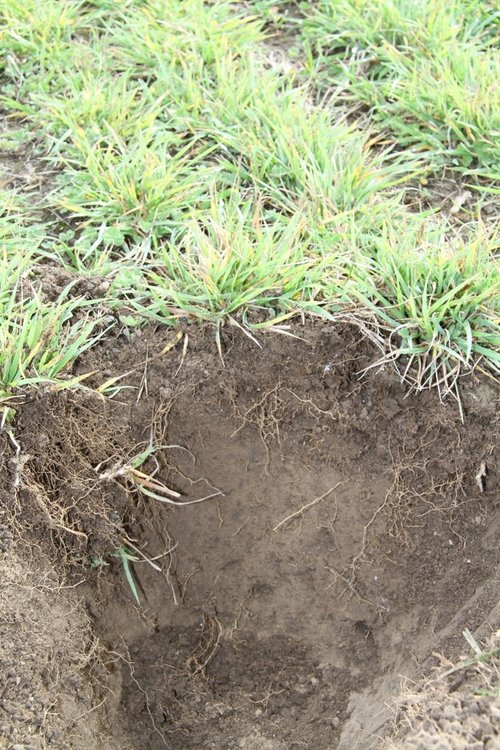Turn the clock back on early ageing.
What do Japan, Italy, Costa Rica, Greece and the United States have in common?
They all have ‘blue zones’, where people live longer than average.
No-one knows exactly why these folks defy age. But as we head into summer here in New Zealand, it begs the question: What would a ‘blue zone’ look like for pasture?
More to the point, is this something you want to achieve? Because let’s face it. Too many pastures die before their time. And their single biggest killer is … us.
But it doesn’t have to be like this! We can prolong their lives, too. We just need to change some of our ways. Blue zone or death zone – the choice on your farm is yours.
The P word
Yes, we’re talking pasture persistence here. We know it matters to you, and rightly so.
Any pasture that thrives to a ripe old age saves money, time, diesel, supplements and disappointment.
It’s resilient, reliable and highly profitable, pumping tonnes of home-grown feed (aka energy) into your system year after year. In some cases we’ve seen, for as many as 30 years!
But this only happens if the high value forage plants you sowed at the start survive, and grow well.
It doesn’t matter if you define ‘persistence’ as a pasture that lasts 3-5 years, or 9-10 years. Once those sown species throw in the towel, it’s game over.
Here’s the thing, though. Unlike human blue zones, we know exactly how to help pastures age well. Equally, we know what causes them to perish too soon.
Under pressure
Most ryegrass pastures can cope with, and recover from, some stress. But just like us, too much stress harms them.
A dry spell on its own, for example, is rarely enough to shorten the productive life of your high value sown pasture species.
Combine a dry spell with heat and over-grazing, however, and things are very different. Together, in fact, these three stressors account for more pasture persistence issues than anything else we see.
But there are others. Insect pests. Too much rain. Poor fertility. Damaged soil structure. Poor drainage. Weeds. The list is long.

Extended dry plus overgrazing, a double-whammy for pastures.
So, the first step to helping your pastures live their best life is to understand what stresses them out, and try to prevent these piling up by taking ownership of the ones you can control.
Groundwork
A badly built fence or shed can’t do what it’s supposed to do for long. Sooner or later, it falls down.
Soils are the same. Without good structure, your soil simply cannot support healthy pasture, especially when other pressures kick in.
Think of this subterranean world as the hidden half of your farm – vital, easily harmed, slow to heal. If pasture persistence is a problem, this is the first place to look for answers.
Even if you think you know what’s going on below ground, dig a hole. Dig several holes. Compare soil from the middle of your paddock to soil from right under a fence line.
What’s the standard of living like down there? Is the soil sweet, friable and full of worms? Or are you expecting pasture to flourish in concrete, or dust?

Dry river bed soil in North Canterbury, rejuvenated after 8 years in Bareno pasture brome.
A Visual Soil Assessment (VSA) reveals all. You may not like what you find, but at least you’ll know if soil structure is affecting pasture longevity, and you can then plan accordingly.
Front and centre
You’re probably already thinking about El Nino, and what it might mean for your farm and your animals this summer. Wet, dry or windy, history tells us this weather pattern can massively stress our pastures.
And mitigating this stress wherever possible is just as important as looking after your animals (and yourselves) if El Nino really puts the boot in this time.
So as you plan for the weeks and months ahead, ask yourself periodically – what will this particular decision do to the productive life of my pasture? Shorten it? Or help it survive and recover?
Actually, you know what? Forget El Nino! Ask yourself this question all the time, regardless. Only by including pasture at the heart of any planning can we start to truly give it the long and healthy life it deserves.
Now what?
Next month – actionable actions! Practical steps to keep pastures in their prime for as long as possible, from the very start.
Meantime, if you’d like to know more about checking soil structure, get in touch. And remember you can book your free personal Pasture Health Check here.


